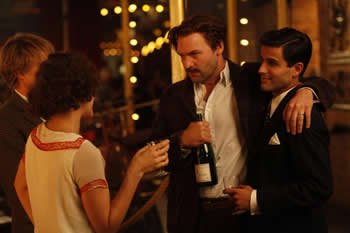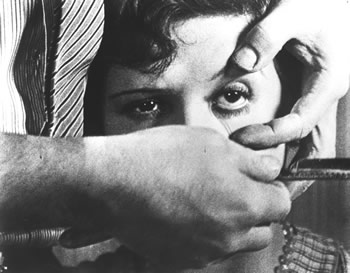France between the Wars

France had been a key center of cultural experimentation since the late 19th century.
Before WW I, Pathé and Gaumont were among the world's largest film producers (and Gaumont's Cité Elgé was the world's largest film studio).
Like the American companies, the French owned theaters (and they manufactured equipment too).
However, the French companies were largely destroyed by the war (though both Pathé and Gaumont reemerged and still exist in name. Both are owned by members of the Seydoux family).
Postwar France was the France of Picasso, Stein, Hemingway, Proust, and Joyce. That is to say it was a place of great intellectual and artistic energy. Foreign films, particular American films had enormous influence.
Film was part of this as artists experimented with it. French filmmakers were deeply influenced by American and German movies but also by art. They wanted and movies to be a distinct art form, different from theater or literature.
Un Chien Andalou (an Andalusian Dog), a collaboration between Louis Bunel and Salvador Dali (1929) is probably the most famous example, a short surrealist film characterized by dream logic, emotion, and sexuality. Watch it here (required)
Un Chien Andalou was intended to shock and mock the pretensions of the French intellectual bourgeoisie, but, they loved it. Ninety years later, the film is still impressively weird, its images powerful, arresting, and obscure.

French Impressionism, like German Expressionism often focused in inner emotional states. It used techniques like superimposition, blurring, subliminal cuts to encourage viewers to experience the emotions and thoughts of the characters.
It was also a project set in the context of WW I, and then in the 1930s, the Depression and increasing political violence and turmoil.
Next: renoir
 The Seydoux brothers are members of one of the most powerful families in France. They are the grandchildren of Marcel Schlumberger, co-founder with his brother of a company you may have heard of.
The Seydoux brothers are members of one of the most powerful families in France. They are the grandchildren of Marcel Schlumberger, co-founder with his brother of a company you may have heard of.